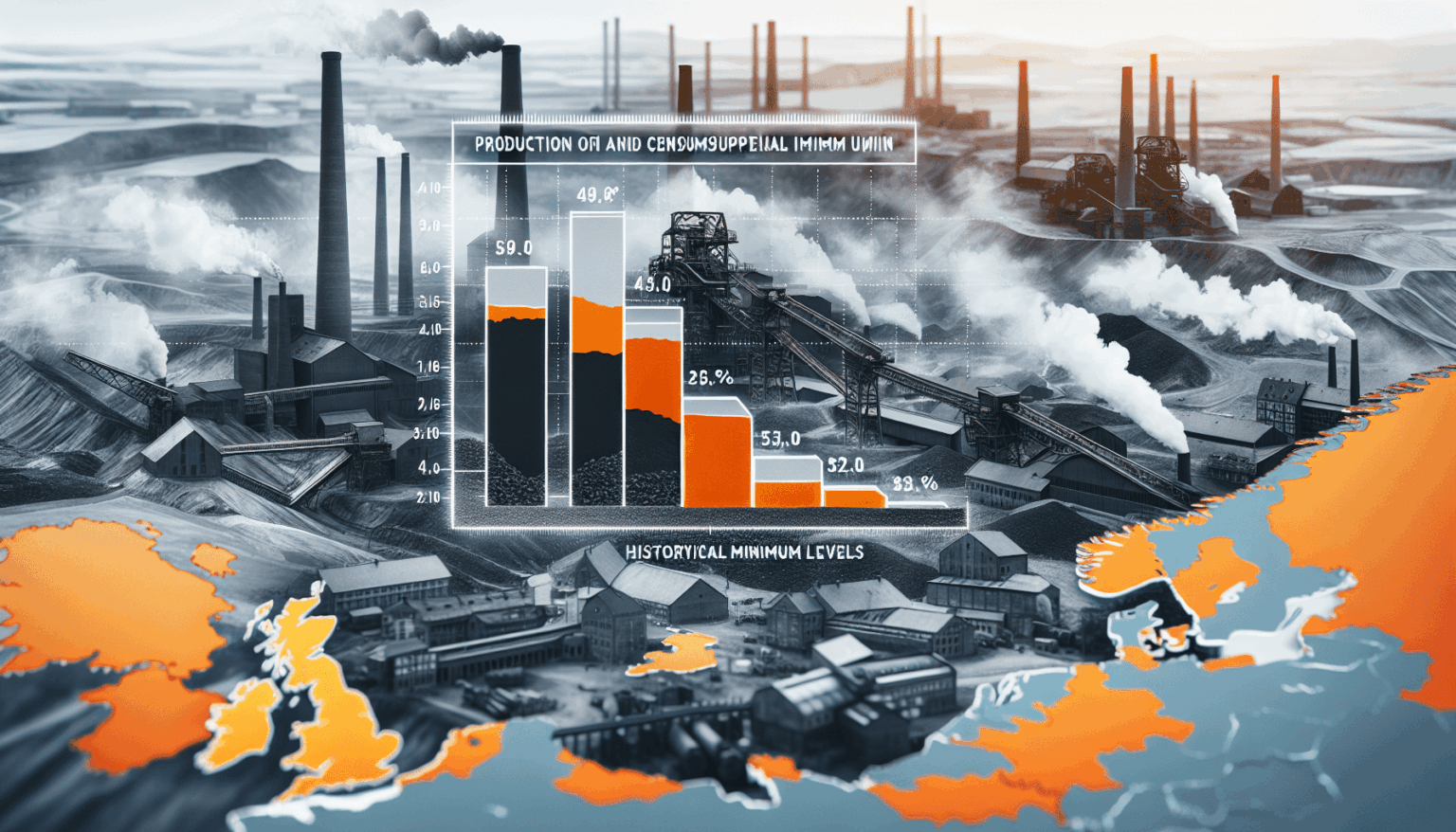Here’s the translation to American English:
Coal production and consumption in the European Union reached historic figures in 2024, hitting their lowest levels since records began. Production stood at 242 million tons, while consumption reached 306 million tons, representing significant declines of 12% and 13%, respectively, compared to 2023. This decrease is part of a broader trend, as production and consumption fell by 21% and 23%, respectively, between 2022 and 2023.
This drop in coal use for electricity generation is particularly noteworthy. The share of coal in electricity production decreased from 16% in 2022 to 12% in 2023, reflecting a gradual transition toward cleaner and more sustainable energy sources within the European bloc.
One of the main factors influencing this drastic reduction has been the shift in coal suppliers. Hard coal imports from Russia plummeted by 98% between 2021 and 2023 due to the ban imposed by the EU in August 2022 in response to the Kremlin’s invasion of Ukraine.
In this new scenario, the five main suppliers of hard coal to the EU in 2023 were Australia and the United States, each with a 25% share, followed by Colombia (18%), South Africa (14%), and Kazakhstan (9%). This reconfiguration in coal imports highlights the search for new trade alliances to ensure energy supply.
Despite the significant reduction in dependence on Russian coal imports, in 2023, the EU’s dependence rate on hard coal reached 67%. Although this percentage is notable, it remains lower than the corresponding rates for oil and natural gas, which stand at 95% and 90%, respectively.
These figures reflect a clear trend toward disconnecting from coal as a primary energy source, as well as a strengthening of energy policies aimed at diversifying the continent’s energy mix. The EU appears to be moving toward a more sustainable energy future, characterized by reduced fossil fuel use.
Referrer: MiMub in Spanish
